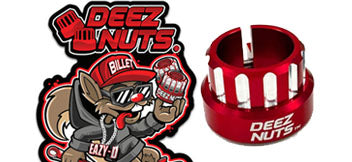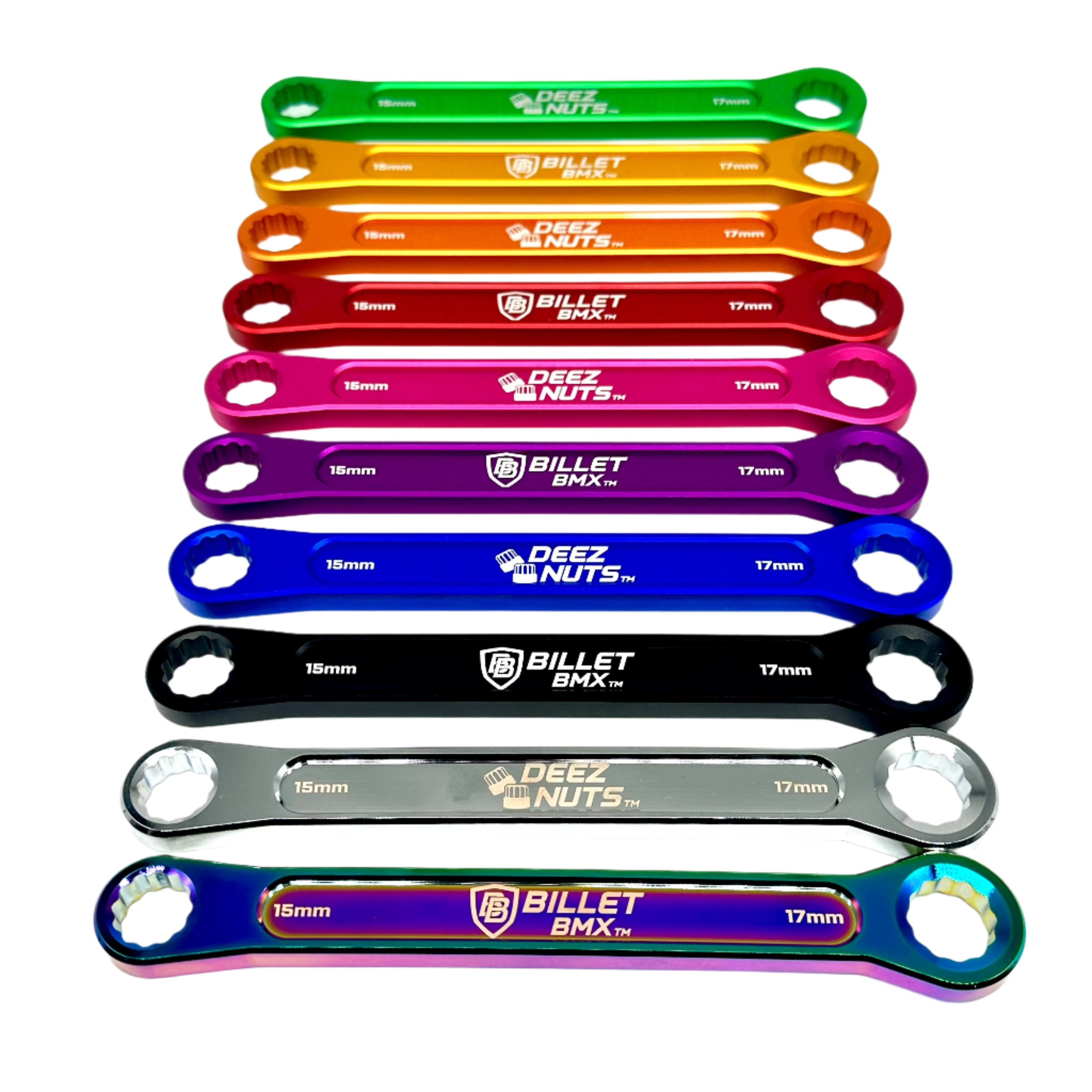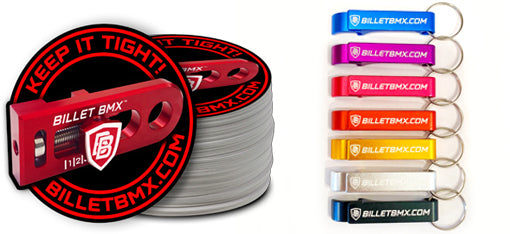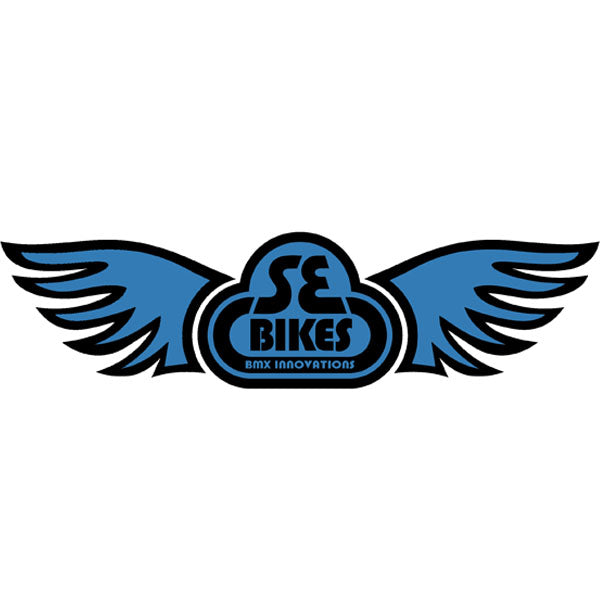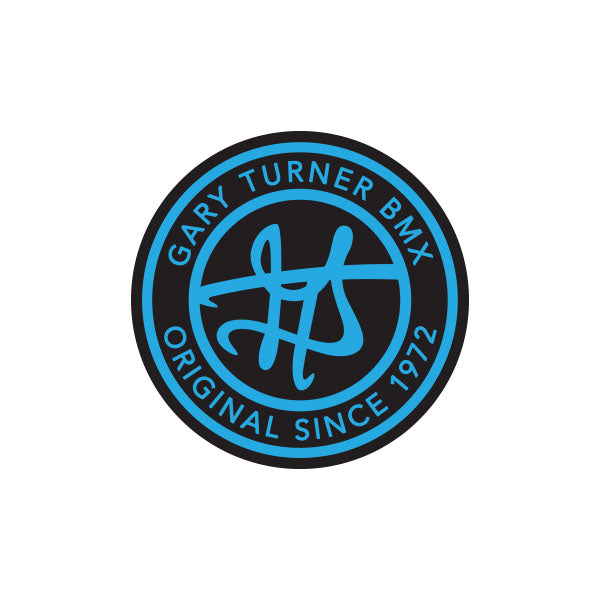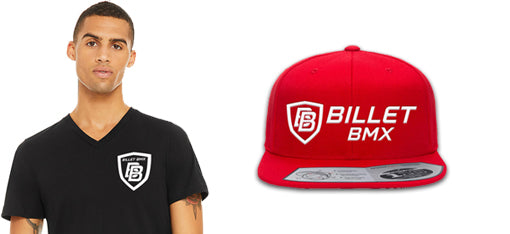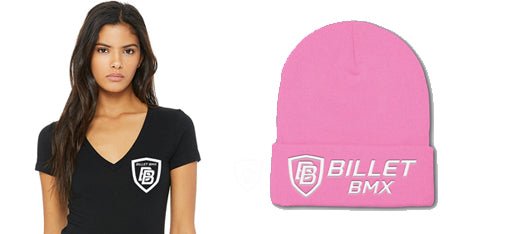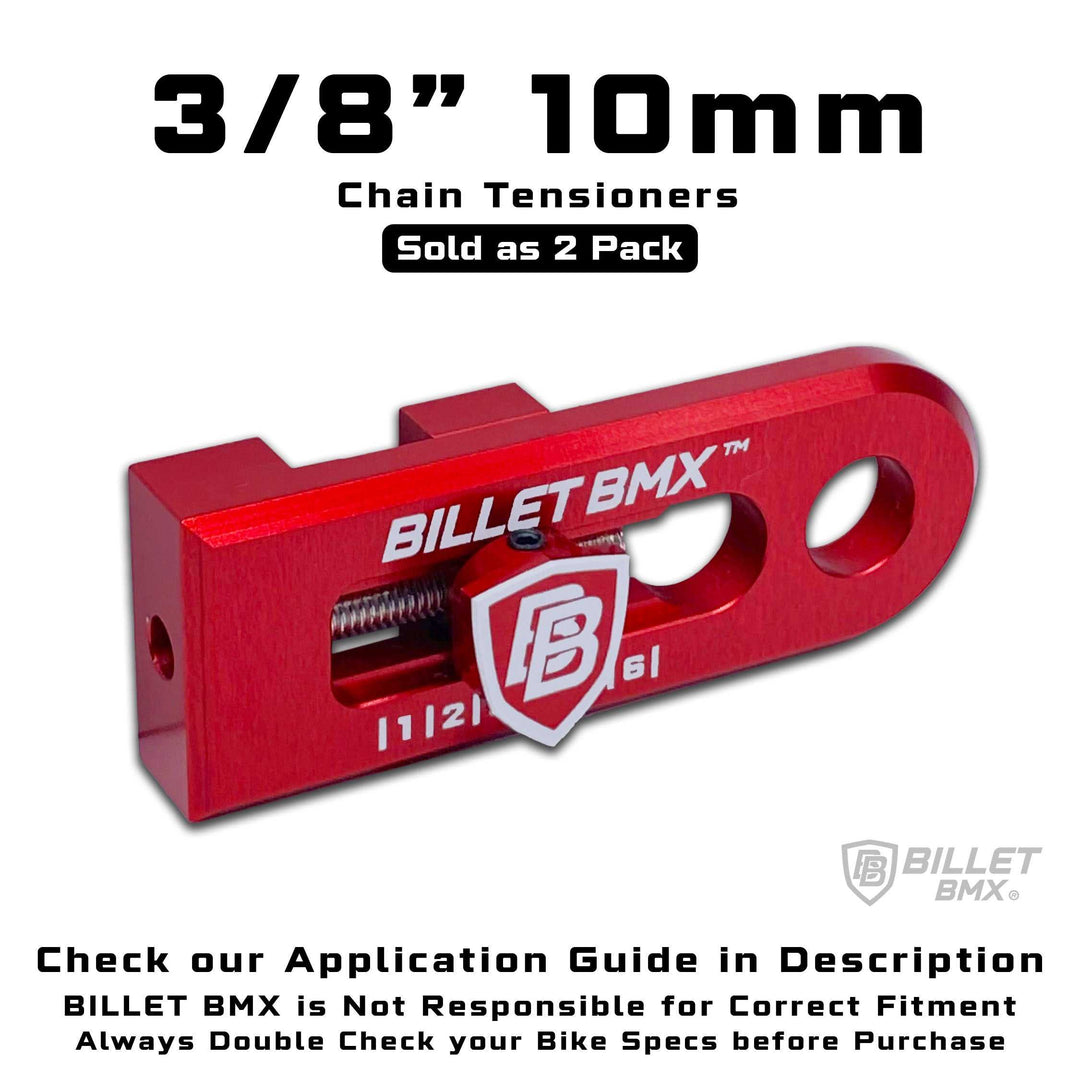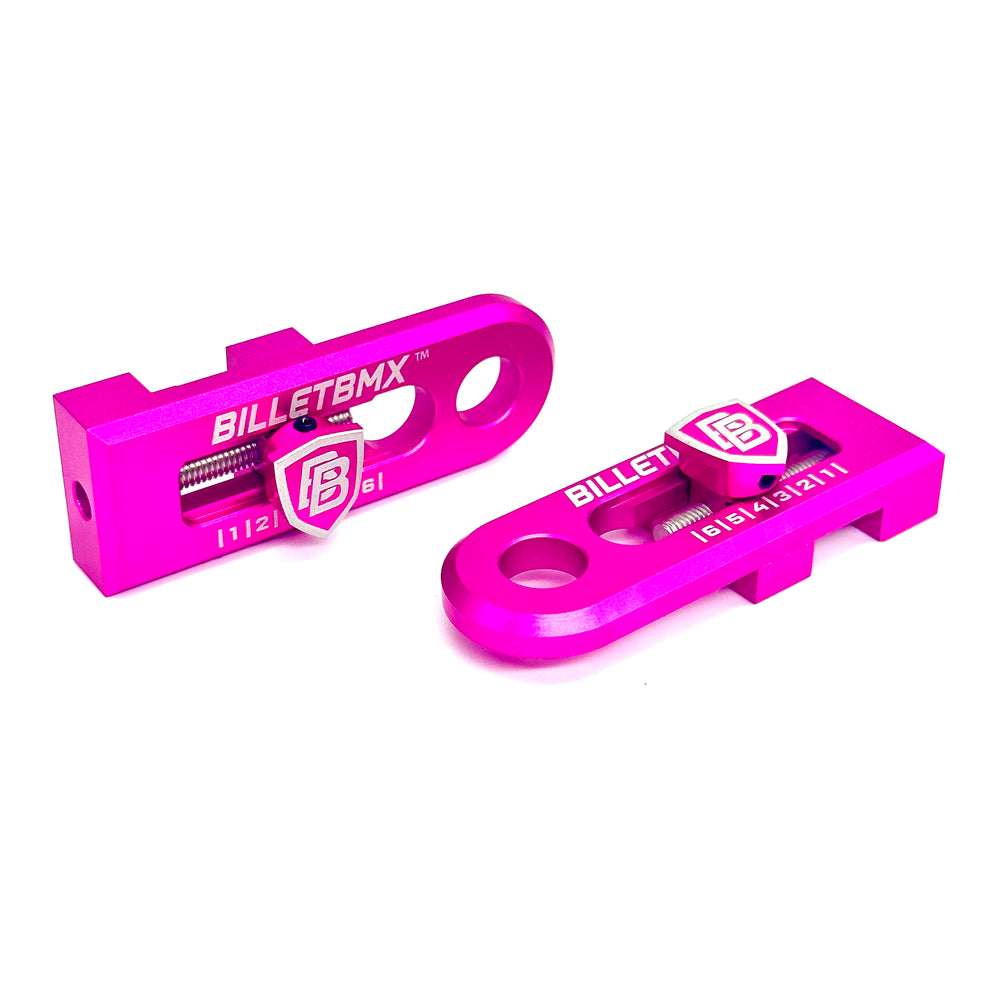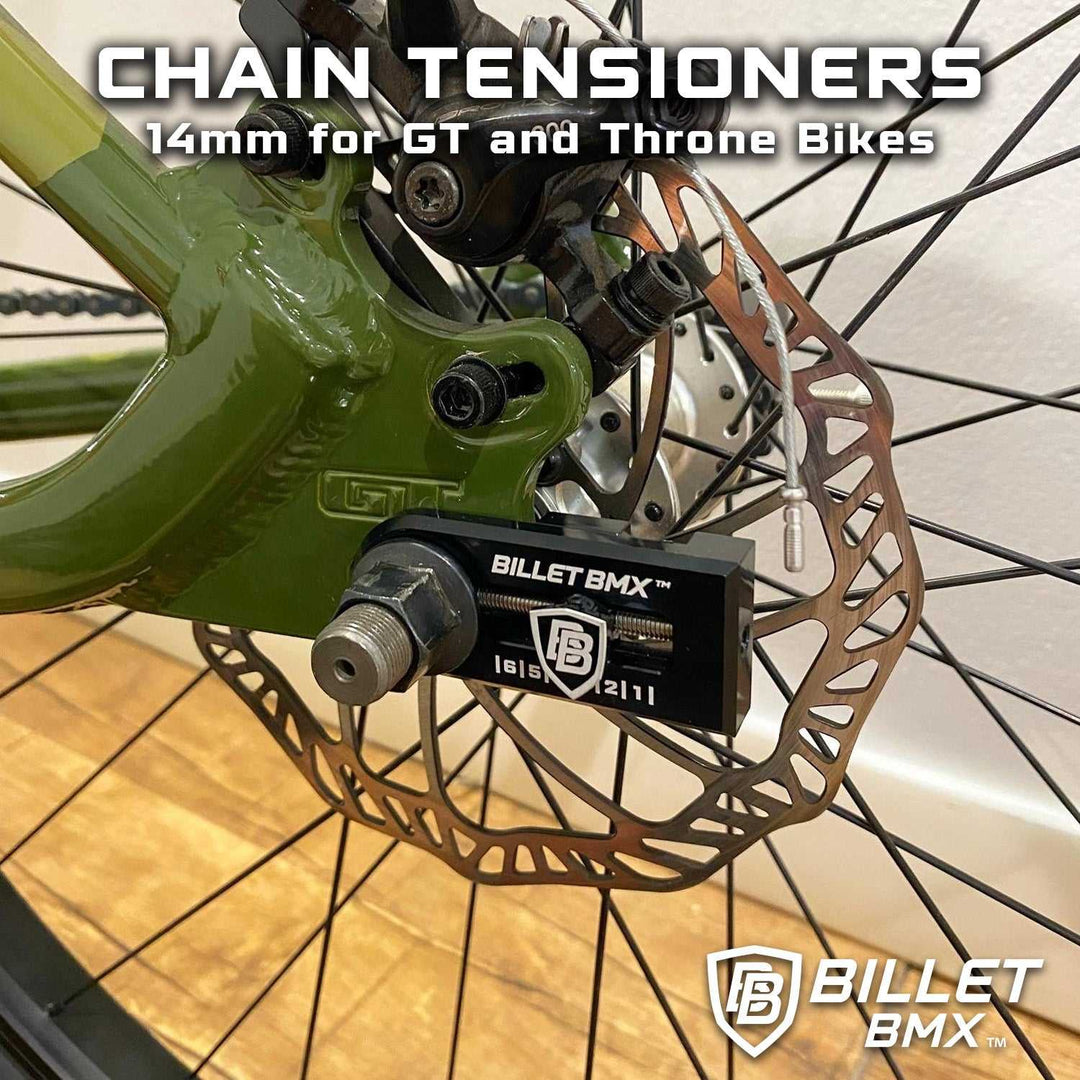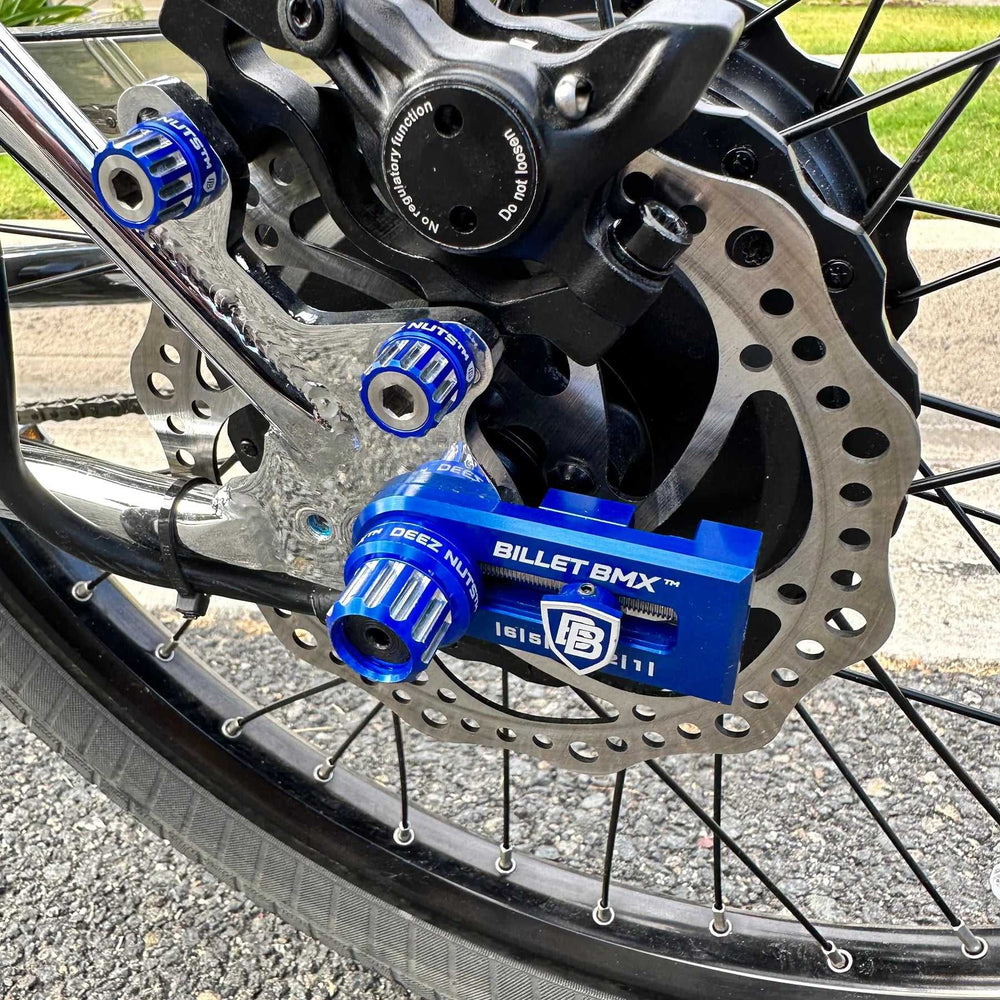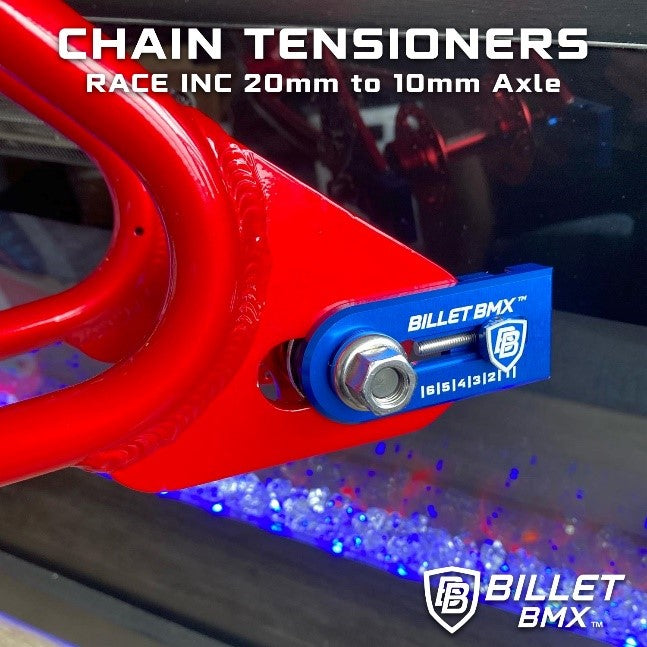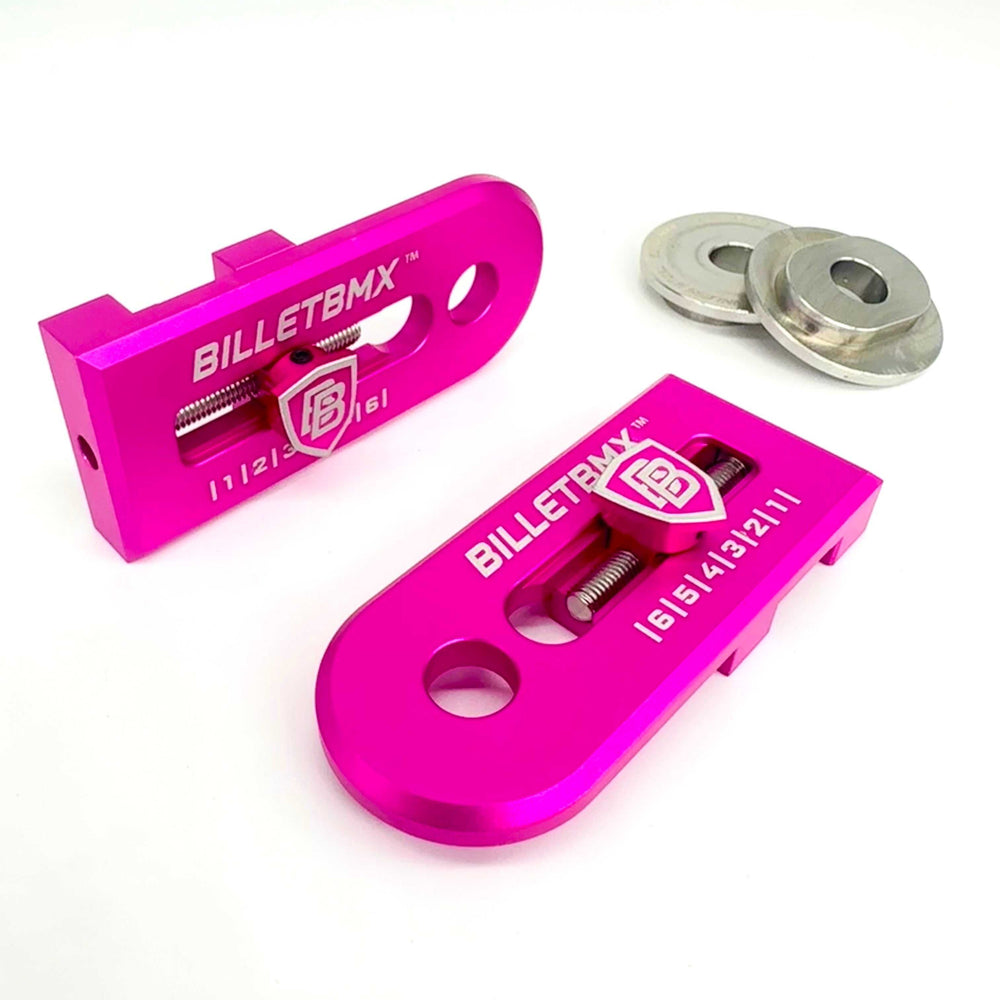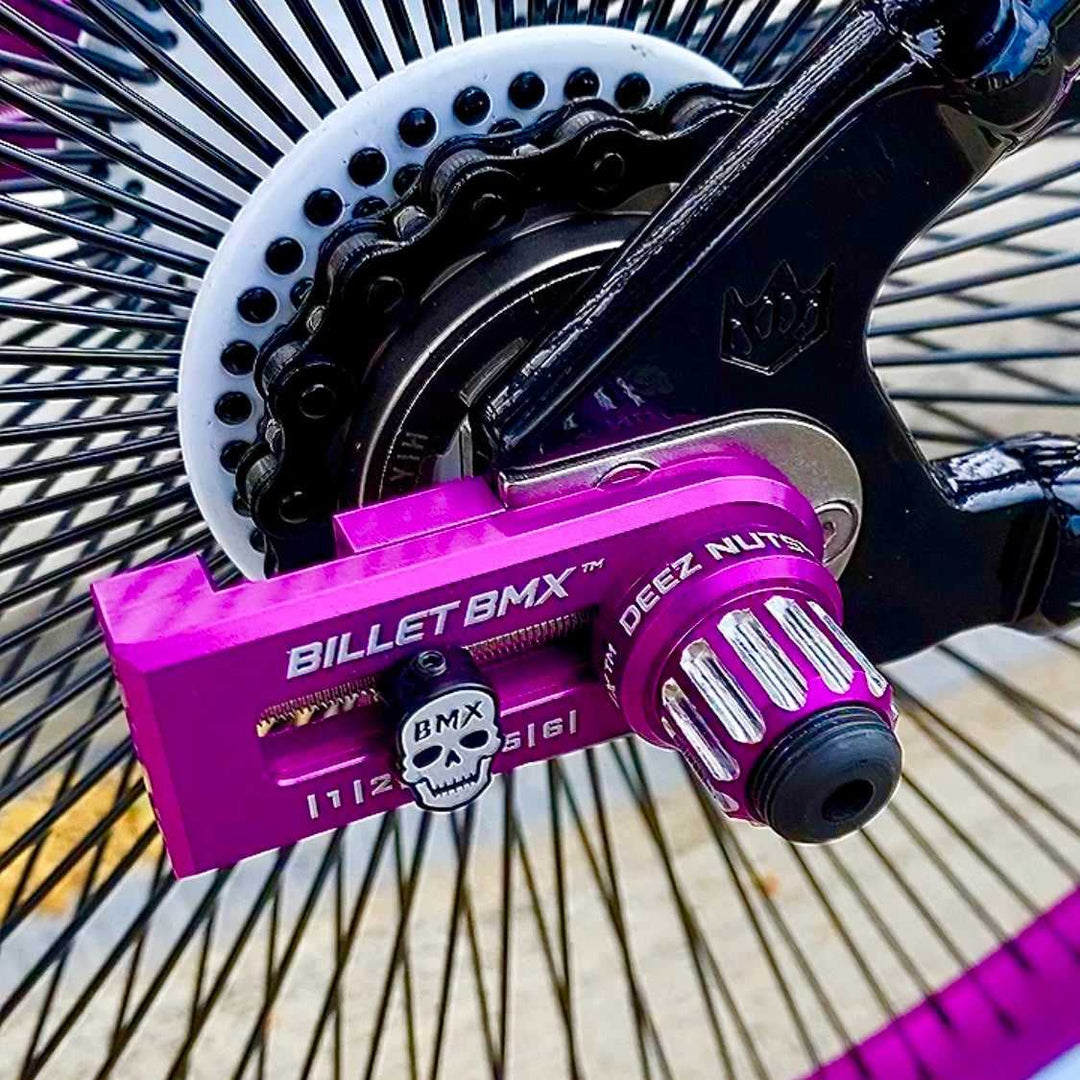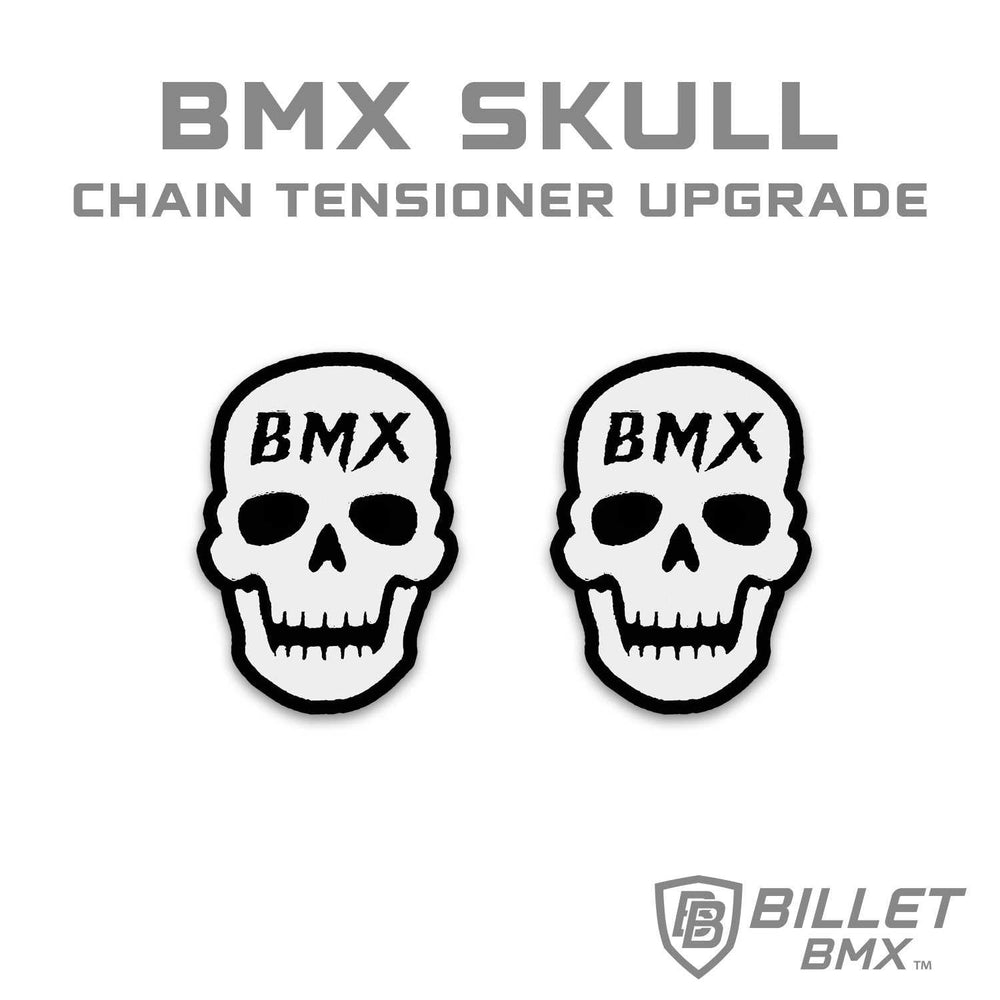How BMX Brakes Work and When You Might Not Need Them

When it comes to BMX riding, there's always been debate around BMX brakes how they work, why they're used, and why some riders skip them entirely. Whether you're new to the scene or refining your setup, understanding BMX brake systems and their pros and cons can help you make the best decision for your ride style.
What Are BMX Brakes and How Do They Work?
BMX brakes are designed to help you slow down or stop your bike. Unlike road or mountain bikes, most BMX bikes use U-brakes, which are mounted to the seat stays and activated via a rear brake cable and lever.
Here’s how they work:
- Pull the brake lever (usually on the right handlebar)
- The brake cable tightens, pulling the brake arms together
- The brake pads press against the rim, slowing down the wheel
Simple, effective, and built to take the punishment that comes with BMX riding.
When You Might Not Need BMX Brakes
Believe it or not, many BMX riders especially street and park riders choose to ride brakeless. Here’s why:
1. Style and Freedom
Brakeless riding offers a cleaner look and full freedom for barspins and tricks without worrying about cables getting in the way.
2. Weight Reduction
Removing your BMX brakes slightly reduces bike weight, which can make a difference for technical tricks.
3. Skill Development
Riding without brakes forces you to improve your control, balance, and footwork especially when using foot jams or other creative stopping methods.
4. Fewer Mechanical Issues
No brakes = fewer parts that can wear out, loosen, or need adjusting.
But Are Brakes Still Useful?
Absolutely! BMX brakes are still preferred in many cases:
- Beginners benefit from the safety and learning curve brakes offer.
- Trail and dirt riders often use brakes to maintain control on slopes and landings.
- Brakes are often required at BMX parks, public trails, or competitions for safety compliance.
Should You Ride With or Without BMX Brakes?
It depends on your:
- Experience level (new riders should definitely start with brakes)
- Riding style (brakes are common in dirt and race setups)
- Local rules (some parks or competitions require brakes for entry)
There’s no wrong answer just what works best for your goals.
Conclusion
Whether you ride with or without them, understanding how BMX brakes work is key to controlling your ride. They offer safety, versatility, and are a great tool for riders of all levels. But as your skills grow, you might find yourself ditching them for more freedom and flair.
Ready to upgrade your BMX setup? Explore high-quality parts and brake components at Billet BMX built by riders, for riders.


